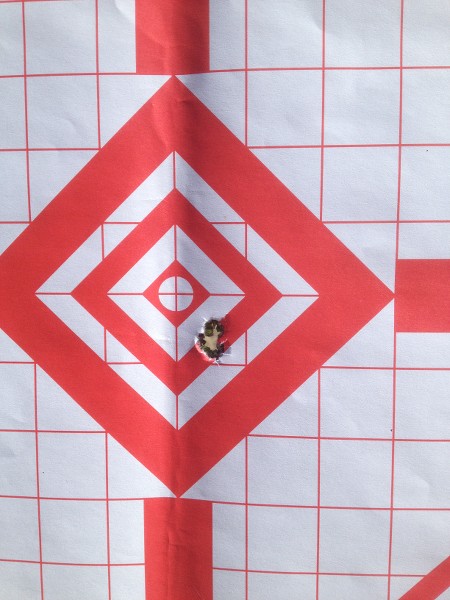Hi all,
Pretty new here on TFL. I just posted my introduction a few days ago. I am 42 yo male and live in Wisconsin. I have been shooting and hunting since age 12, so im not "new" to handling rifles. My favorite rifle is my 22-250 bull barrel that I have used for coyote hunting since i graduated high school. I am very proficient with it out to 350 yds. Back when i got that rifle, i didnt know about breaking in a new barrel. I have learned a lot since then and have used various regimines with new rifles, but am looking for a tried/true method for a new 6.5 i just picked up. I tried the search tool on here but havnt had any luck ( half way decent with guns, terrible with computers).
Can someone steer me towards a thread or throw out some ideas of how you all go about it? I am hoping to spend a ton of time shooting off the bench with my dad this year, and in the mean time, get proficient out to maybe 500 a 600
Yds. Any info on rifle tweaks would be fun too. I bought a Browning Eclipse Target 6.5 Creedmoor ( 1:8 ) 28" barrel and yesterday mounted up a Vortex Viper PST 6.5 - 24 FFP scope.
Thanks, Chris
P.s. I do handload, just havnt picked up any dies for that cal yet.
Pretty new here on TFL. I just posted my introduction a few days ago. I am 42 yo male and live in Wisconsin. I have been shooting and hunting since age 12, so im not "new" to handling rifles. My favorite rifle is my 22-250 bull barrel that I have used for coyote hunting since i graduated high school. I am very proficient with it out to 350 yds. Back when i got that rifle, i didnt know about breaking in a new barrel. I have learned a lot since then and have used various regimines with new rifles, but am looking for a tried/true method for a new 6.5 i just picked up. I tried the search tool on here but havnt had any luck ( half way decent with guns, terrible with computers).
Can someone steer me towards a thread or throw out some ideas of how you all go about it? I am hoping to spend a ton of time shooting off the bench with my dad this year, and in the mean time, get proficient out to maybe 500 a 600
Yds. Any info on rifle tweaks would be fun too. I bought a Browning Eclipse Target 6.5 Creedmoor ( 1:8 ) 28" barrel and yesterday mounted up a Vortex Viper PST 6.5 - 24 FFP scope.
Thanks, Chris
P.s. I do handload, just havnt picked up any dies for that cal yet.



